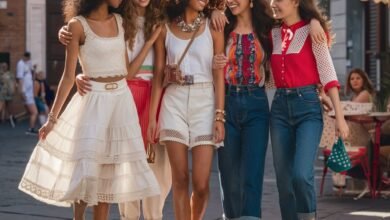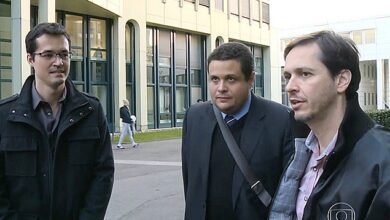Sodžiu: The Heart of Traditional Lithuanian Farmsteads

The sodžius (plural: sodžiai) is a traditional Lithuanian farmstead that has served as the cornerstone of rural life for centuries. More than just a collection of buildings, the sodžiu represents a self-sufficient way of life, blending agriculture, craftsmanship, and family traditions into a harmonious whole. These farmsteads typically include a dwelling house, barns, granaries, and workshops, all arranged according to practical needs and cultural customs. As symbols of Lithuania’s agrarian heritage, sodžiai offer valuable insights into historical architecture, sustainable living, and community values. This article explores the structure, cultural significance, and modern-day relevance of these timeless homesteads.
1. Historical Roots and Evolution of the Sodžius
The sodžius has its origins in Lithuania’s pre-Christian tribal society, where extended families lived and worked together on shared land. Over time, these farmsteads evolved to reflect changing agricultural practices and social structures. During the Middle Ages, the typical sodžius became more defined, with wooden buildings arranged around a central yard, often enclosed by fences or hedges for protection.
The 19th century saw further development, as wealthier farmers added more specialized structures like smokehouses, weaving huts, and stables. Despite modernization, many sodžiai retained their traditional layouts well into the 20th century, preserving techniques passed down through generations. Today, restored sodžiai serve as open-air museums, allowing visitors to step back in time and experience Lithuania’s rural heritage firsthand.
2. Architectural Layout and Functional Design
A traditional sodžius was carefully planned to maximize efficiency while maintaining harmony with nature. The main dwelling stood at the center, usually a log house with a thatched or wooden-shingled roof. Nearby, storage buildings such as klėtis (granaries) were raised on stilts to protect harvests from rodents and moisture.
Animal shelters—stables, pigsties, and chicken coops—were positioned downwind to minimize odors in living areas. A bathhouse (pirtis) often stood near a water source, while the daržinė (vegetable garden) and orchard provided fresh produce. The entire complex was arranged according to sun exposure, wind patterns, and seasonal workflows, demonstrating an intuitive understanding of sustainable design long before the concept became mainstream.
3. Daily Life and Seasonal Rhythms in a Sodžius
Life in a sodžius followed the cyclical rhythms of nature, with each season dictating specific tasks. Spring meant plowing, sowing, and caring for newborn livestock. Summer was a time of haymaking, berry picking, and tending to crops, while autumn brought harvest festivals and preparations for winter.
Even in colder months, work continued—flax processing, tool repair, and handicrafts like weaving kept families busy indoors. The sodžius was also a hub of social life: neighbors gathered for talkos (collective work parties), weddings, and religious holidays like Joninės (Midsummer). These traditions fostered a strong sense of community, where mutual aid and shared celebrations were as vital as individual labor.
4. Cultural Symbolism and Folklore
Beyond its practical role, the sodžius held deep symbolic meaning in Lithuanian folklore. It was seen as a microcosm of the world, where the home represented safety and the fields embodied abundance. Protective symbols like carved roof beams (lubos) and woven raitelis (sun-wheel motifs) warded off evil spirits.
Folktales often portrayed the sodžius as a place where humans negotiated with nature spirits—deities like Žemyna (Earth goddess) were invoked for good harvests. Even today, proverbs like “Sodžiuje ir siena duona” (“In a homestead, even the wall is bread”) reflect the enduring association between these farmsteads and self-reliance. Such beliefs highlight how the sodžius was not just a dwelling but a sacred space intertwined with cultural identity.
5. Preservation and Modern Adaptations
While urbanization has reduced the number of working sodžiai, efforts to preserve them have gained momentum. Ethnographic villages like Rumšiškės showcase restored examples, while heritage programs teach traditional building techniques. Some families have transformed ancestral farmsteads into agritourism destinations, offering workshops on blacksmithing, beekeeping, or bread baking. Meanwhile, architects draw inspiration from sodžius layouts for eco-friendly designs, emphasizing passive solar heating and rainwater harvesting. These adaptations prove that the sodžius concept remains relevant—whether as a model for sustainable living or a tangible link to Lithuania’s past.
Conclusion
The sodžius stands as a testament to Lithuania’s agrarian wisdom, where functionality and spirituality coexisted in every beam and furrow. More than relics of the past, these farmsteads offer timeless lessons in sustainability, community, and respect for nature. By studying and preserving them, we honor not only the livelihoods of ancestors but also possibilities for a more rooted future. Whether through museum exhibits, revived crafts, or contemporary eco-designs, the spirit of the sodžius endures—a quiet reminder that home is not just a place, but a way of being in the world.




